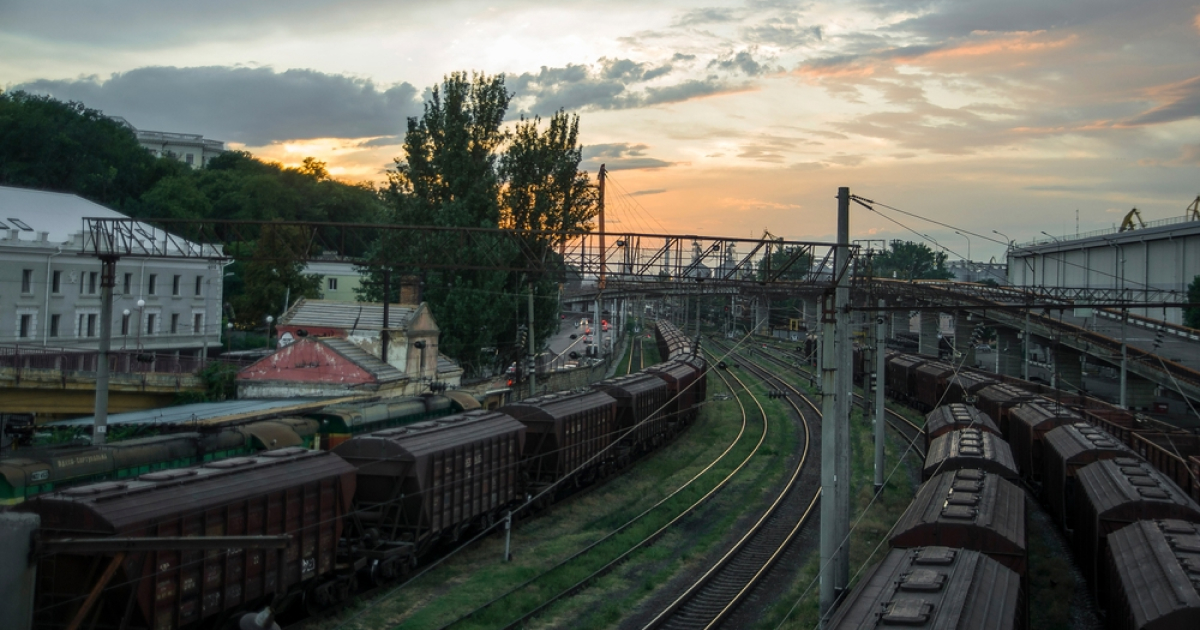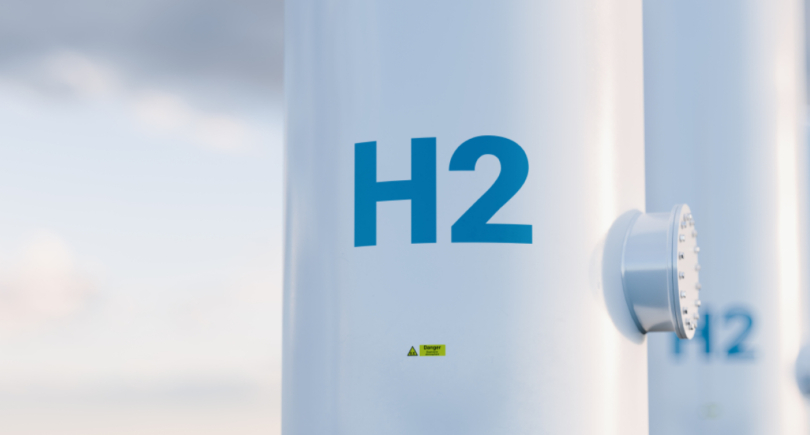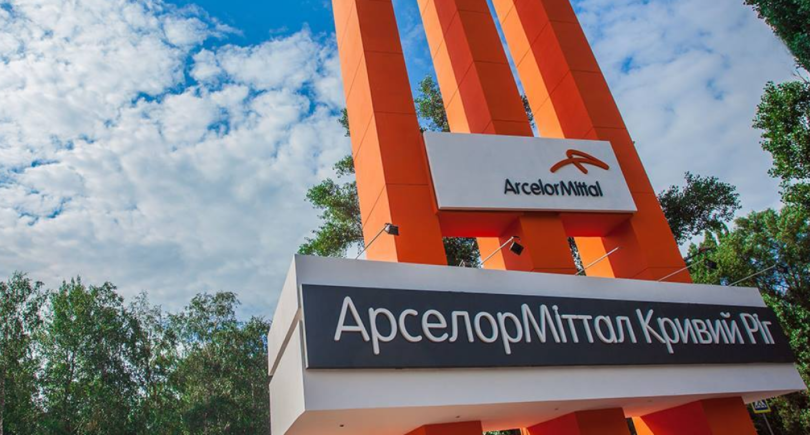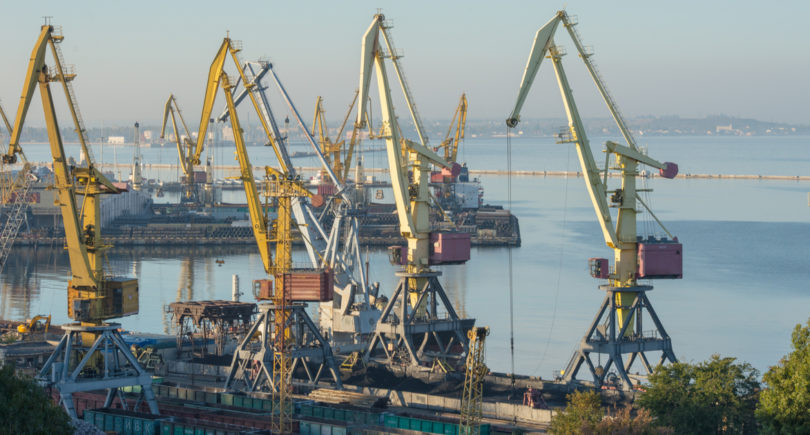
News Infrastructure Ukraine’s economy 1354 21 May 2025
Steel, mining, and construction materials will be the most affected sectors
The initiative of Ukrainian Railways (UZ) to increase freight transportation tariffs by 37% may lead to a decrease in Ukrainian GDP by 1.18% or UAH 95.8 billion and a reduction in exports by almost 3% or UAH 97.8 billion. These are the results of a study conducted by Ukrpromvneshexpertiza.
Taking into account the share of the infrastructure component in the railway tariff, its increase by 37% will lead to an increase in the cost of rail freight transportation of various types of products by 26-31%.
In addition, the indexation of UZ tariffs will lead to a decrease in transportation volumes by 27 million tons per year and a decrease in production by 23 million tons of various products. Among the economic sectors, the largest decline in production will be in metal ore mining (-5.38%, or UAH 30.8 billion) and metallurgy (-6.9%, or UAH 63.6 billion). There will also be a significant drop in output in trade (-0.96%, or UAH 21.5 billion) and transportation (-1.02%, or UAH 10.0 billion).
According to Ukrpromvneshexpertiza, steel sector (-6.9%), mining (-5.3%), and construction materials (-4.2%) will suffer the most. In particular, this applies to coal (supplies to thermal power plants), iron ore (supplies to steel mills), building materials and cement (interregional transportation), and export transportation.
Due to rising tariffs, Ukrainian producers are switching to road transport whenever possible, but for the bulk of their products, rail is either unavailable or limitedly substitutable – it is an alternative for grain, timber, and oil products. In turn, the transition of businesses to road transport will put an additional burden on the country’s logistics infrastructure.
Experts suggest considering alternative options to compensate for losses, including a government subsidy, the sale of non-core assets, or a review of the tax burden to reduce the negative impact on the economy.
The quantitative effect is calculated as of the end of 2024.
As GMK Center reported earlier, the increase in railway tariffs is automatically included in production costs, which may lead to a deterioration in the competitiveness of Ukrainian producers both on the foreign and domestic markets. According to the National Association of Extractive Industries of Ukraine, the indexation of UZ tariffs could result in a $2-3 increase in the cost of a ton of ore and a $5-7 increase in the cost of a ton of coal, depending on the distance of transportation.
Such actions by Ukrainian Railways actually set in motion a spiral of industrial inflation, as any increase in tariffs will be directly paid for by the end consumer. For example, if a brick is sold for UAH 10, a 37% increase in transportation costs means that it will cost UAH 13.7, and including VAT, it will cost the full UAH 15.




